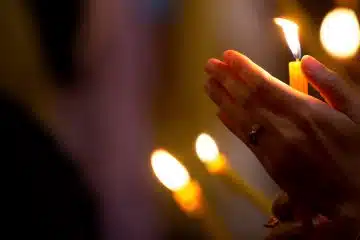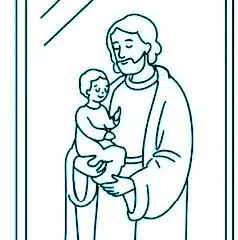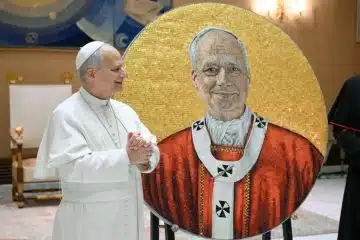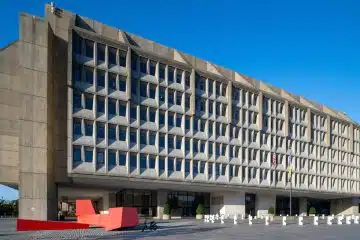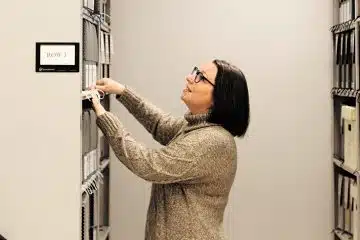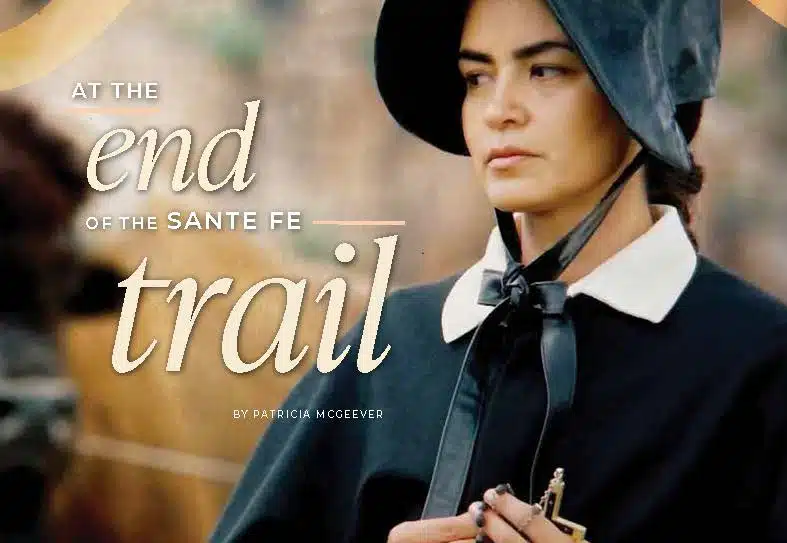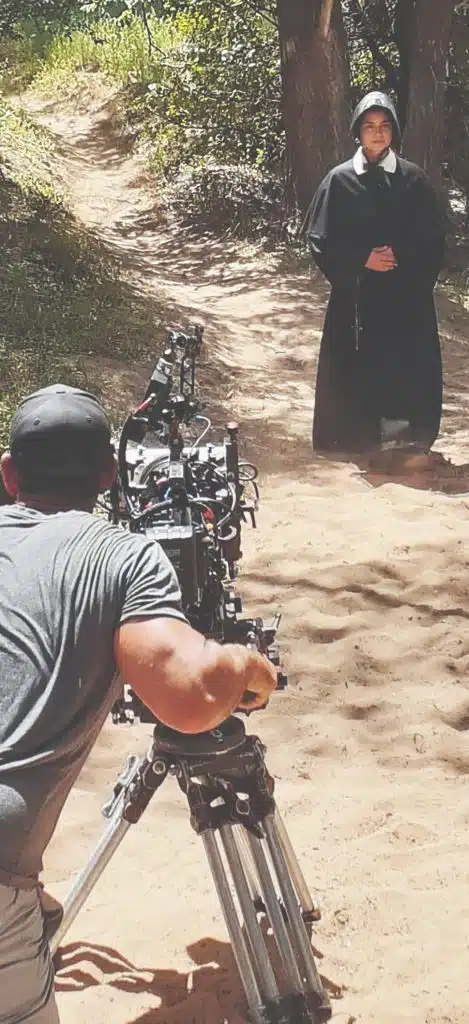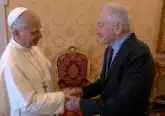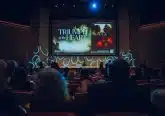At The End of the Santa Fe Trail
On a rainy Friday night in March, nearly 500 people gathered in Mater Dei Chapel at Mount St. Joseph University to watch a free screening of the movie At the End of the Santa Fe Trail. It depicts key moments in the life of legendary Sister of Charity of Cincinnati, Blandina Segale—on track to become Cincinnati’s first canonized
saint!
“It was hard to decide what part of her life to put in 80 minutes,” said Tomas Sanchez, the film’s New Mexico-based director, producer and co-writer.
Sent to serve in the Wild West when just 22-years-old, Sister Blandina found herself face-to-face with the reality of frontier justice. Her response: when a gunman was to be lynched for shooting a man, Sister Blandina saved his life by convincing his victim to forgive him, and she ultimately ended lynchings in Trinidad, CO. Given her example, Sanchez wanted forgiveness as a theme in his movie.
Originally planning a TV series, he began his research in 2017, visiting the Sisters’ Motherhouse and bringing the lead actress, Alma Sisneros, to spend time with the sisters. Covid delayed the series’ production, so Sanchez and his team decided to make the feature film, which will show at film festivals and could be released later this year.
Shot in New Mexico, Colorado and Texas, Sanchez said many crew members were from New Mexico and already familiar with Sister Blandina’s history.
“I think they went above and beyond because they have ownership in the story,” said Sanchez. “A lot of them went to [a] school or cathedral she helped build.”
Sister Blandina also built hospitals, cared for orphans and the indigent in Colorado and New Mexico and even encountered the notorious outlaw Billy the Kid. She wrote about her adventures, challenges and accomplishments in letters to her biological sister, also a Sister of Charity, Sister Justina, and these were published in the book At the End of the Santa Fe Trail.
The Sisters of Charity gave the movie their seal of approval, as did Allen Sanchez, who said it captured Sister Blandina’s heroic virtue. He petitioned the Archdiocese of Santa Fe to open her cause for sainthood, which they did in 2014.
“She helps people find their courage to be a saint themselves,” said Allen Sanchez. “That’s what I think Tomas captures most of all … her effect on others.”
And her life is becoming more well-known. In December, Cincinnati’s WKRC-TV produced a documentary on Sister Blandina’s life, prompting many phone calls to the Motherhouse about her and more visitors to her grave.
“We got many calls just asking our sisters to pray,” said Sister Georgia Kitt, Director of Communications for the Sisters of Charity.
With 42 miracles already attributed to her intercession—those for whom the Sisters are praying hope to add to that count. Other callers requested the prayer for Blandina’s canonization, leading the Sisters to assemble information packets containing that prayer and a novena to her.
Another series-in-the-making about her, Trinidad, will focus on her work in the Colorado territory and already tapped actress and director Robin Wright for director and executive producer.
At the End of the Santa Fe Trail was screened at the Cannes Film Festival in May and Tomas Sanchez was awarded Best Director Feature Film at the 2023 Santa Fe Film Festival.
Asked to minister to the growing Italian immigrant population when she returned to Cincinnati from the west, she and Sister Justina started Santa Maria Institute, which 125 years later is called Santa Maria Community Services. They also helped found San Antonio Parish whose members just celebrated 100 years, but Sister Blandina’s Cincinnati endeavors do not appear in Sanchez’s movie.
Currently recognized as Servant of God, her next step on the path toward recognized sainthood is for the Vatican to declare her Venerable.
This article appeared in the July 2023 edition of The Catholic Telegraph Magazine. For your complimentary subscription, click here.



